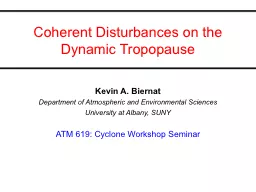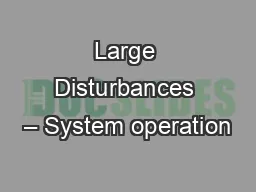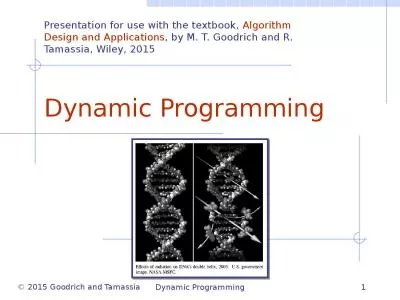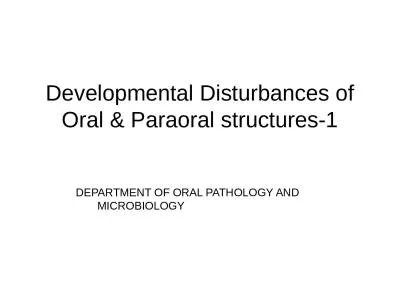PPT-Coherent Disturbances on the Dynamic Tr
Author : aaron | Published Date : 2017-06-28
Kevin A Biernat Department of Atmospheric and Environmental Sciences University at Albany SUNY ATM 619 Cyclone Workshop Seminar What are Coherent D isturbances
Presentation Embed Code
Download Presentation
Download Presentation The PPT/PDF document "Coherent Disturbances on the ..." is the property of its rightful owner. Permission is granted to download and print the materials on this website for personal, non-commercial use only, and to display it on your personal computer provided you do not modify the materials and that you retain all copyright notices contained in the materials. By downloading content from our website, you accept the terms of this agreement.
Coherent Disturbances on the Dynamic Tr: Transcript
Download Rules Of Document
"Coherent Disturbances on the Dynamic Tr"The content belongs to its owner. You may download and print it for personal use, without modification, and keep all copyright notices. By downloading, you agree to these terms.
Related Documents














